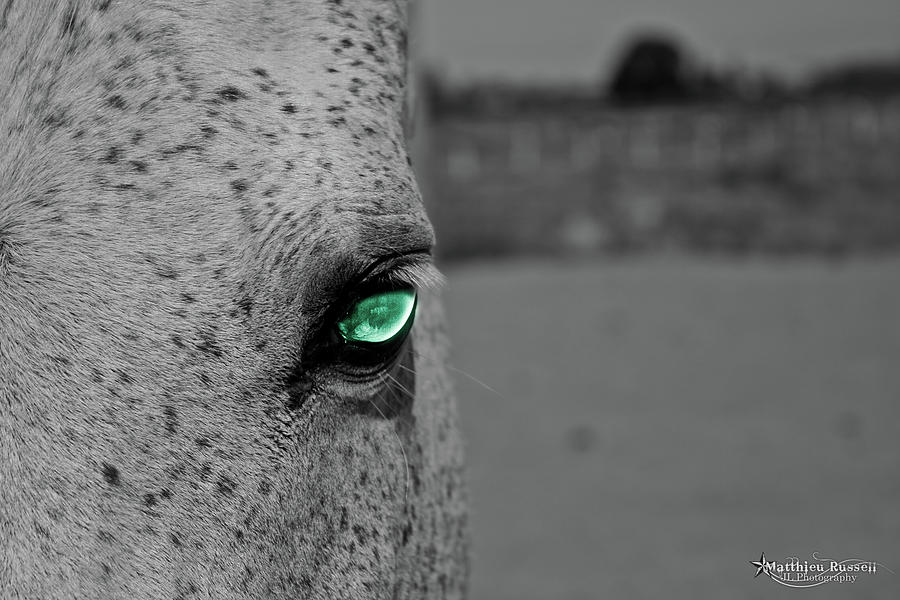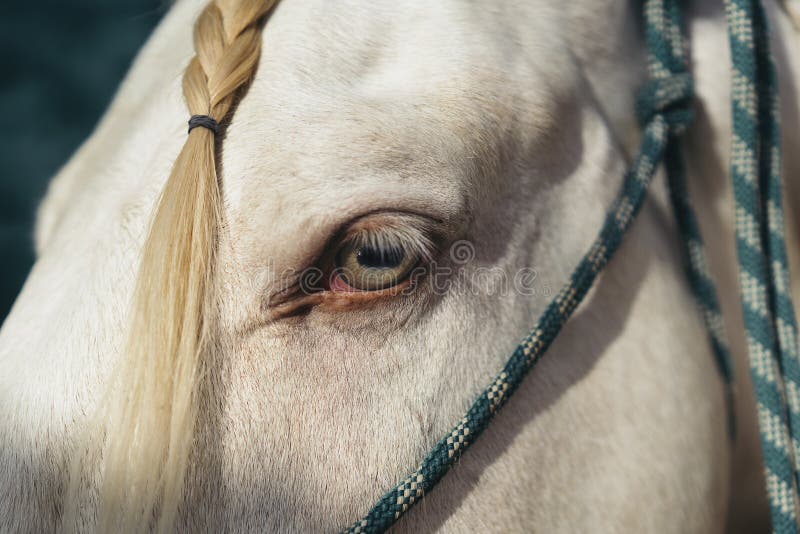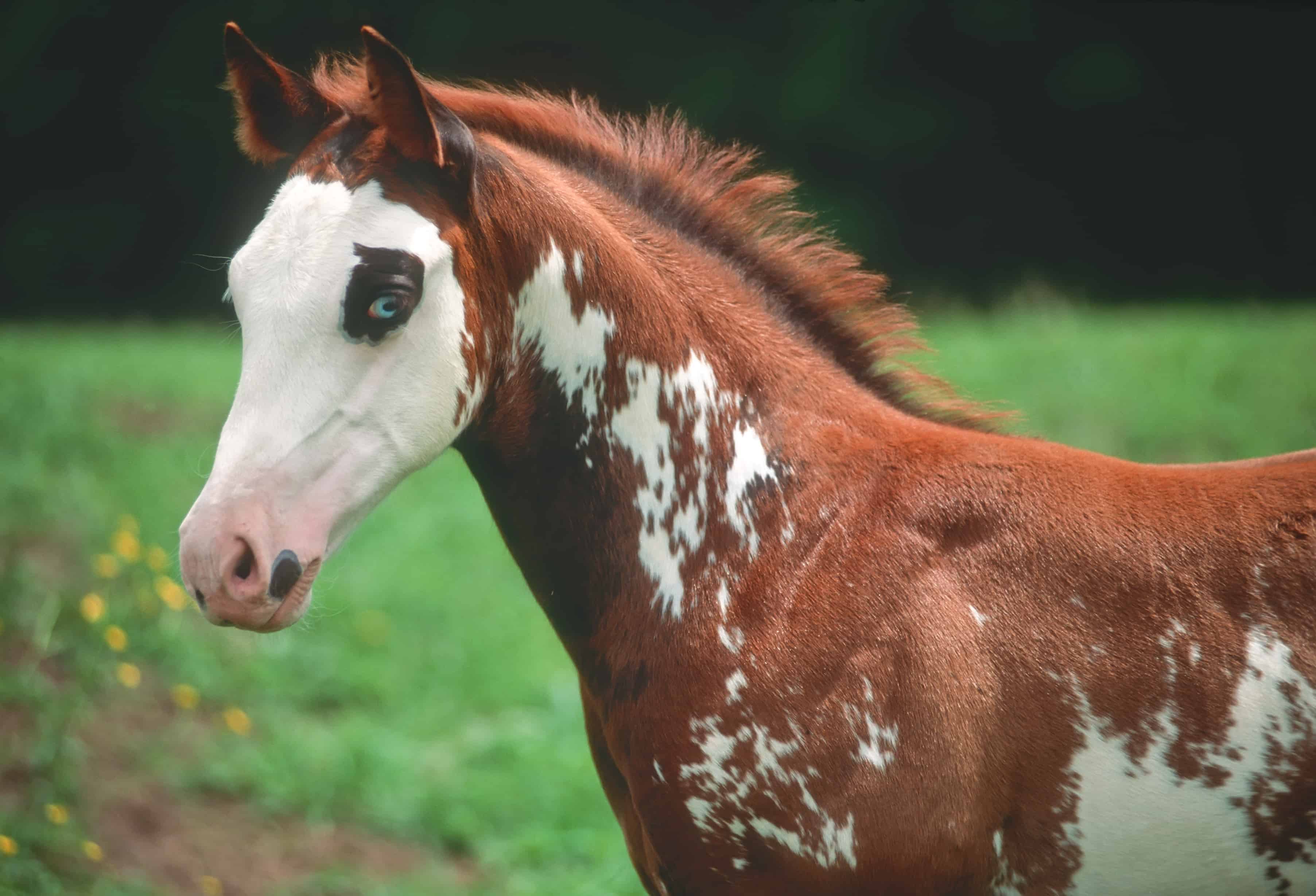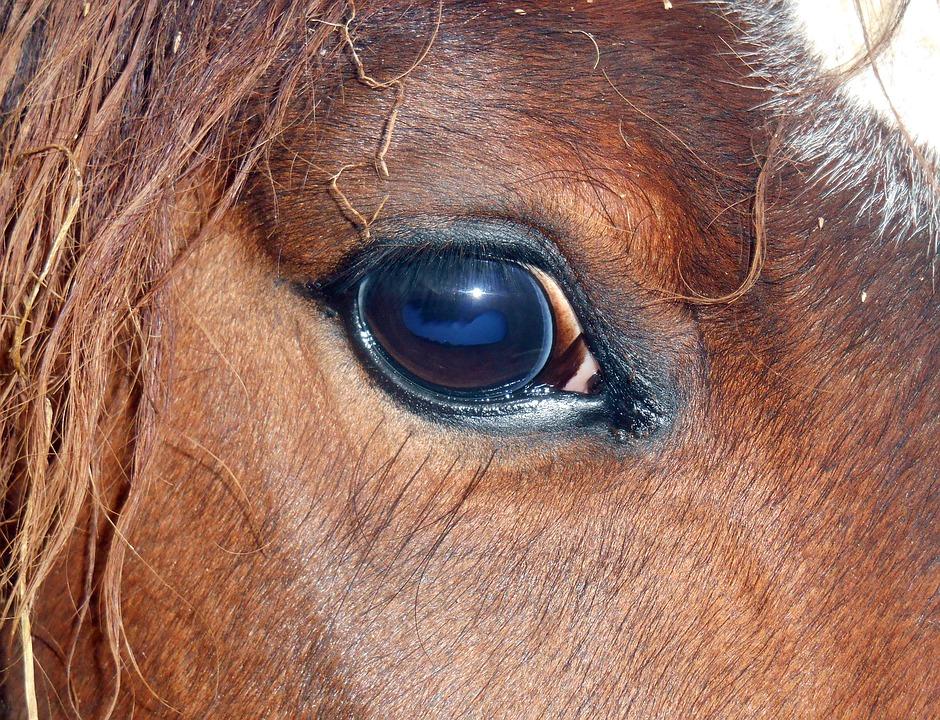
Green horse eye by StylisedFear on DeviantArt
Genetic Variation in Horse Eye Color: Green Eyes in Focus. When it comes to horse eye color, most people are familiar with the traditional brown, blue, or hazel eyes that are commonly seen. However, there is a lesser-known eye color in horses that has been gaining attention in recent years - green eyes.

Horse Eye Free photo on Pixabay Pixabay
Using the computer data, he constructed an equine color wheel showing that the horse's version of green is different from ours. "They have cones like our blue-sensitive ones," says Neitz, "and they have a cone [class] that's similar but not identical to our green-sensitive ones. Those cones perceive more of a yellow color.".

The Green Eyed Horse Photograph by Matthieu Russell
The position of the eyes on the horse's face accounts for differences in how horses see, dictate visual range, peripheral motion detection and depth perception. A horses' ability to see depth is limited because their eyes are set so far apart. From most angles, horses cannot get a left-eye and right-eye view of the same object in one glance.

Amazing Green Eye of a White Horse Stock Image Image of elegance
However, brown eyes are far more common. Horse breeds with a high proportion of blue eyes include Pintos, Appaloosas and Paint Horses. Extremely rarely - often merely as a lighter shade of brown eyes - light green, grey, yellow or even violet eyes also occur. What is the rarest eye color for a horse? Green eyes are the rarest eye color in.

Green Horse Eye
Yellow-tinged thick discharge is typically pus produced from an infectious process. If the rest of the eye looks clear and otherwise healthy, wipe off the goo with a clean cloth and wait a day. If it clears up, your horse most likely had a minor case of conjunctivitis triggered by insects, dust or other particles that were removed naturally by.

33 best images about Horse Eye Photos on Pinterest Assessment, Eyes
Most horses have brown eyes with minor shade variations. Blue eyes are linked to the splashed white spotting allele, and cream dilution may produce a bluish-green eye color. The champagne and pearl genes also produce lightened eye colors in the blue or green shades. The leopard complex produces a white sclera around an otherwise dark eye.

Puro Sangue Lusitano Horses, Most beautiful horses, Lusitano horse
The horse is probably carrying Pearl, which is a recessive dilution gene that is activated by creme. Pasos are one of the breeds that have been identified as carriers of this gene. It causes green eyes. A horse carrying champagne will have amber coloured eyes, & double dilutes like Cremellos and Perlinos will have blue eyes.

I took this picture of a horse's eye a few years ago and thought the
True Green Eyes in Horses. While true green eyes are uncommon, certain horse breeds have been observed to possess this captivating trait. Breeds like the Friesian and the Rocky Mountain Horse are known for occasionally exhibiting eyes with distinct green tones. These occurrences, while infrequent, showcase the beauty of equine diversity. Equine.

Fantezia beautiful green eyes ️ Beautiful Green Eyes, Andalusian
The most common eye colors in horses are brown, blue, and hazel. However, some horses have eyes that are green, which is an uncommon and unique eye color in horses. In this article, we will explore whether horses can have green eyes, the science behind it, and how to care for horses with green eyes.

4 Things That Freak Out All Equestrians the First Time They See Them
Monocular vision accounts for around 80% of a horse's eyesight. When using monocular vision, a horse views both sides of their vision separately with either eye. This is an incredibly important trait that allows your horses to keep an eye on approaching threats. The remaining 20% of a horse's eyesight is binocular vision.

Little Horse Colt with the Sad Eyes Strolls in a Green Field Stock
The Equine Eye. Horses have very large eyes that are located somewhat laterally on the sides of the face, which gives them an extensive field of vision. Each individual eye has about 145 degrees of monocular (single-eyed) vision, and both eyes overlap for about 80 degrees of binocular vision straight ahead. This leaves your horse with two blind.

Myths concerning blue eyed horses are legendary and range from health
The lateral position of the eyes allows for a large visual field of about 325º, this reduces the binocular visual field to about 65º. Because binocular overlap is required for depth perception, the latter ability is also restricted somewhat in the horse. By comparison, the human binocular visual field is about 120º.

Horse With Green Eyes Horses, Hobby horse, Artist
Why he sees it that way: Your horse can perceive some colors: The most vivid to his eyes are yellow, followed by green, then blue. Researchers believe that color perception in horses helps them find food—mix the colors yellow and green, and you get the colors of spring grass; add a little blue, and you get clover or alfalfa.

Little Horse Foal with the Sad Eyes Strolls in a Green Field Stock
Many people believe that the signature dark color of horse eyes is the only eye color found in horses. However, humans do not all have the same eye color, and neither do horses. Like humans, horses have different eye colors. Horses and humans can have black, brown, blue, green, and hazel eyes. Red, grey and lavender eyes do not occur in horses.

Through a horses eye Horses, Animals, Eyes
Green eyes are the rarest eye color in horses. They are most commonly found in pearl or cream and pearl horses but even then are uncommon. Horses that are homozygous for cream (Cremello, Perlino, and Smoky Cream) or are Cream and Champagne are occasionally seen with Green or Greenish-blue eyes. In homozygous cream horses, they are sometimes.

24 best Horse Pictures (Eyes) images on Pinterest Horse pictures
Equine vision. The equine eye is one of the largest of any land mammal. [1] Its visual abilities are directly related to the animal's behavior; for example, it is active during both day and night, and it is a prey animal. Both the strengths and weaknesses of the horse's visual abilities should be taken into consideration when training the.